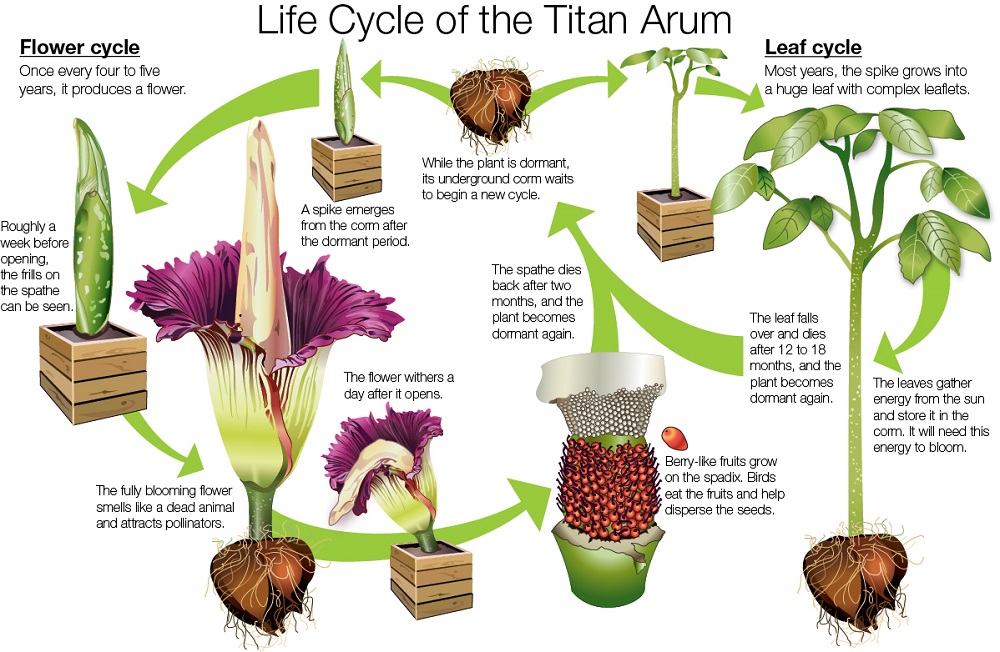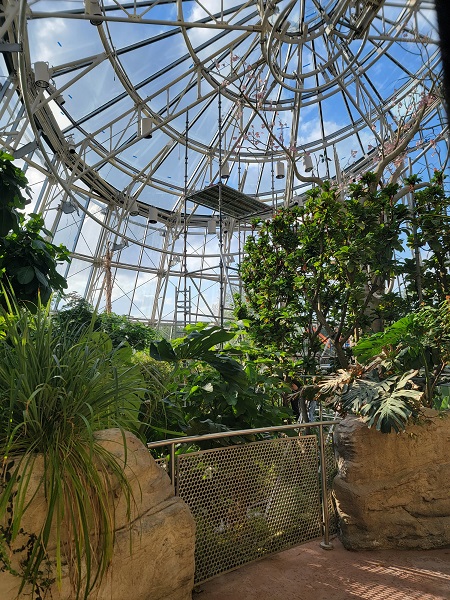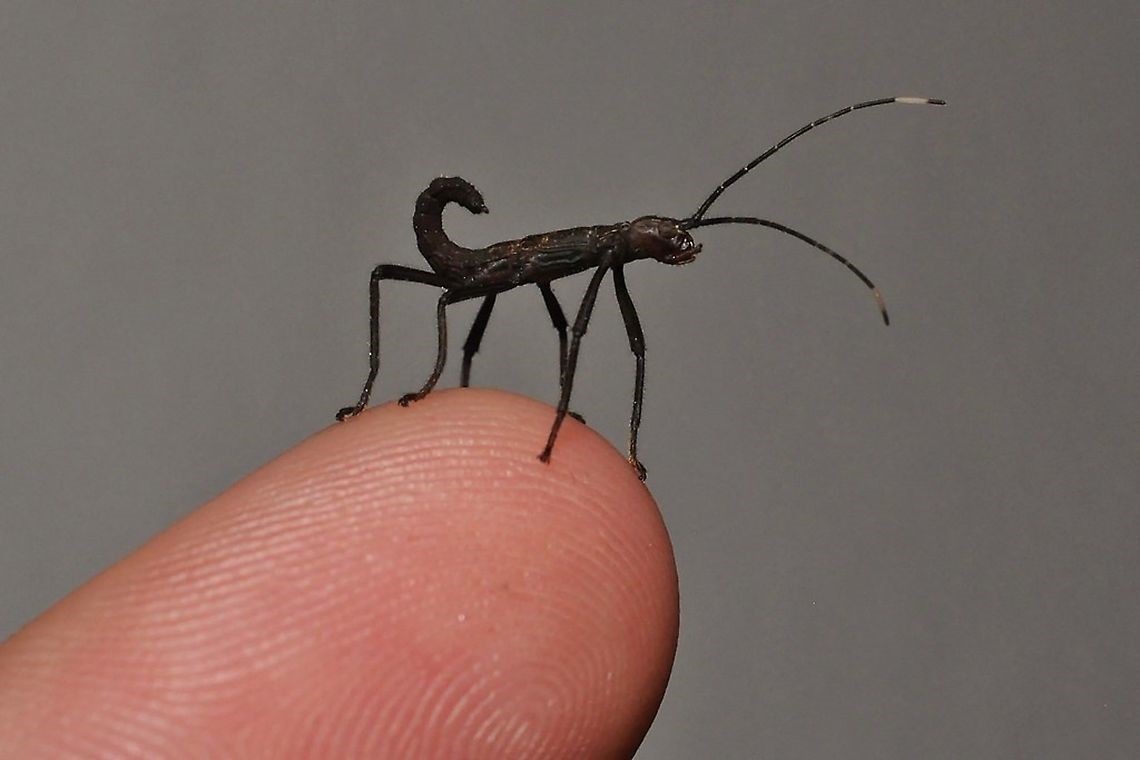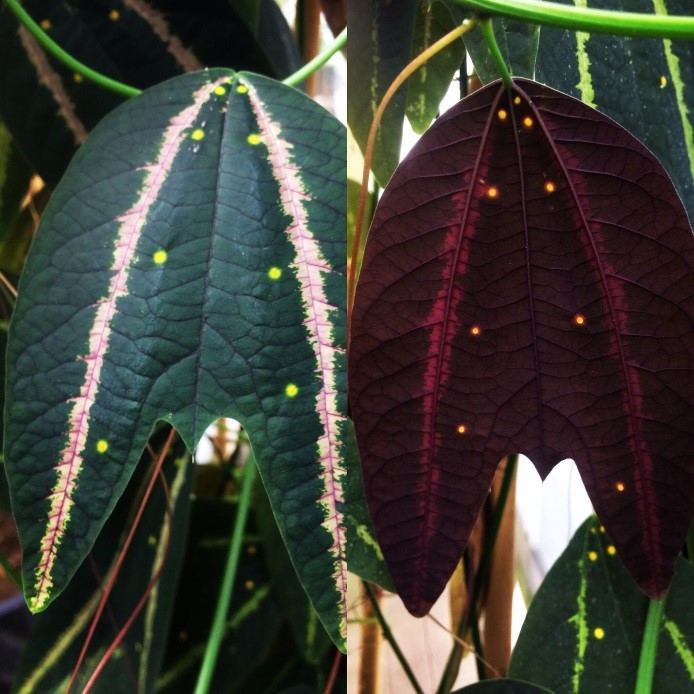In case you thought plants were not much more alive than a rock, think again! As David Attenborough pointed out in his wonderful series, The Private Life of Plants, plants have many behaviors as complex and interesting as those of animals. The problem is, plants move much more slowly, making their behaviors and reactions harder for us to appreciate.
During the month of October, the Cockrell Butterfly Center is celebrating Halloween with Savage Garden, bringing attention to some interesting things plants do. If you visit during that time, be sure to check out the map at the entrance and look for the purple signs scattered throughout the main floor of the rainforest.
You’ll be introduced to plants much older than the dinosaurs (Ancient Plants),
plants that protect themselves with spines, thorns, and prickles (Spiky Plants),
plants that defend themselves chemically (Delicious, or Deadly?), plants that heal us (Medicinal Plants), plants that use ants as bodyguards (Ant Plants),
plants that eat insects (Carnivorous Plants),
plants that come back from the dead (Resurrection Plants),
plants with really putrid flowers (Stinky Plants),
and last but not least, a Miracle Berry plant (False Sugar).
This is only a small slice of the interesting things plants can do. They have all sorts of adaptations to make more of themselves (via pollination and seed dispersal) and to move from one place to another (seed dispersal and crawling vines, etc.). Some of them can travel through time, with seeds that remain dormant for dozens or even hundreds of years. The protective chemicals of some toxic plants don’t necessarily have to be eaten, either – think about poison ivy. Urushiol (the chemical that causes the extremely uncomfortable blisters in some of us) is a powerful deterrant to humans. Yet birds gobble poison ivy berries with no ill effect!
Even stranger than the above behaviors is the discovery of inter-plant communication. Ecologists have known for a while that plants can “tell” other nearby plants of the same species that they are being attacked by insects via airborne chemicals, and the “listening” plants can then beef up their own chemical defenses. But according to recent studies, plants have other means of communication, some using underground networks of mycorrhizal (fungal) connections that network plants of many different species, and others apparently even making sounds! Check out this interesting article on “Plant Talk” by Dan Cossins in The Scientist.
We don’t have any of these “talking” plants (that we know of) in the Butterfly Center, but please visit us in October to learn more about some of the other totally wicked things plants do in Savage Garden! #ChillsAtHMNS















